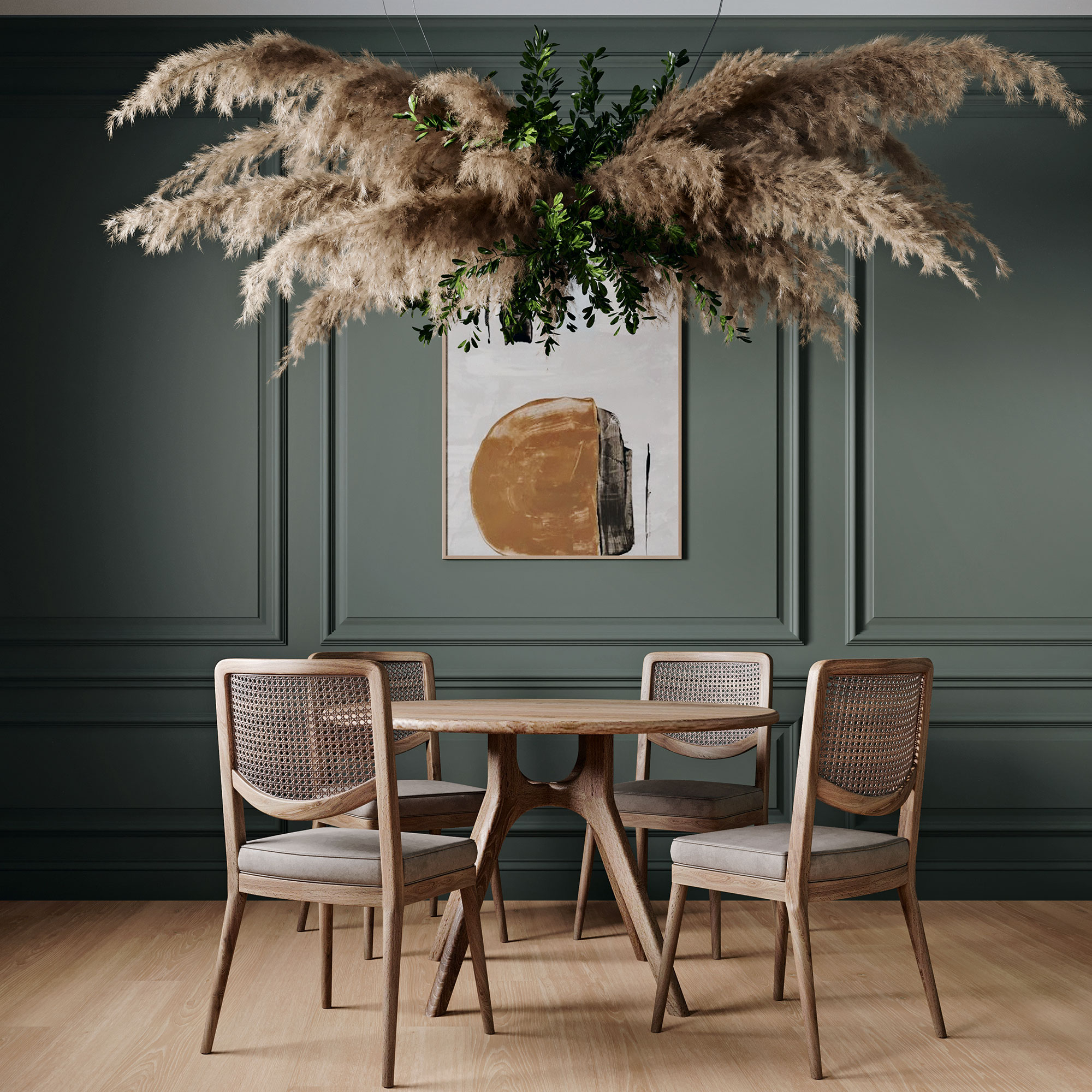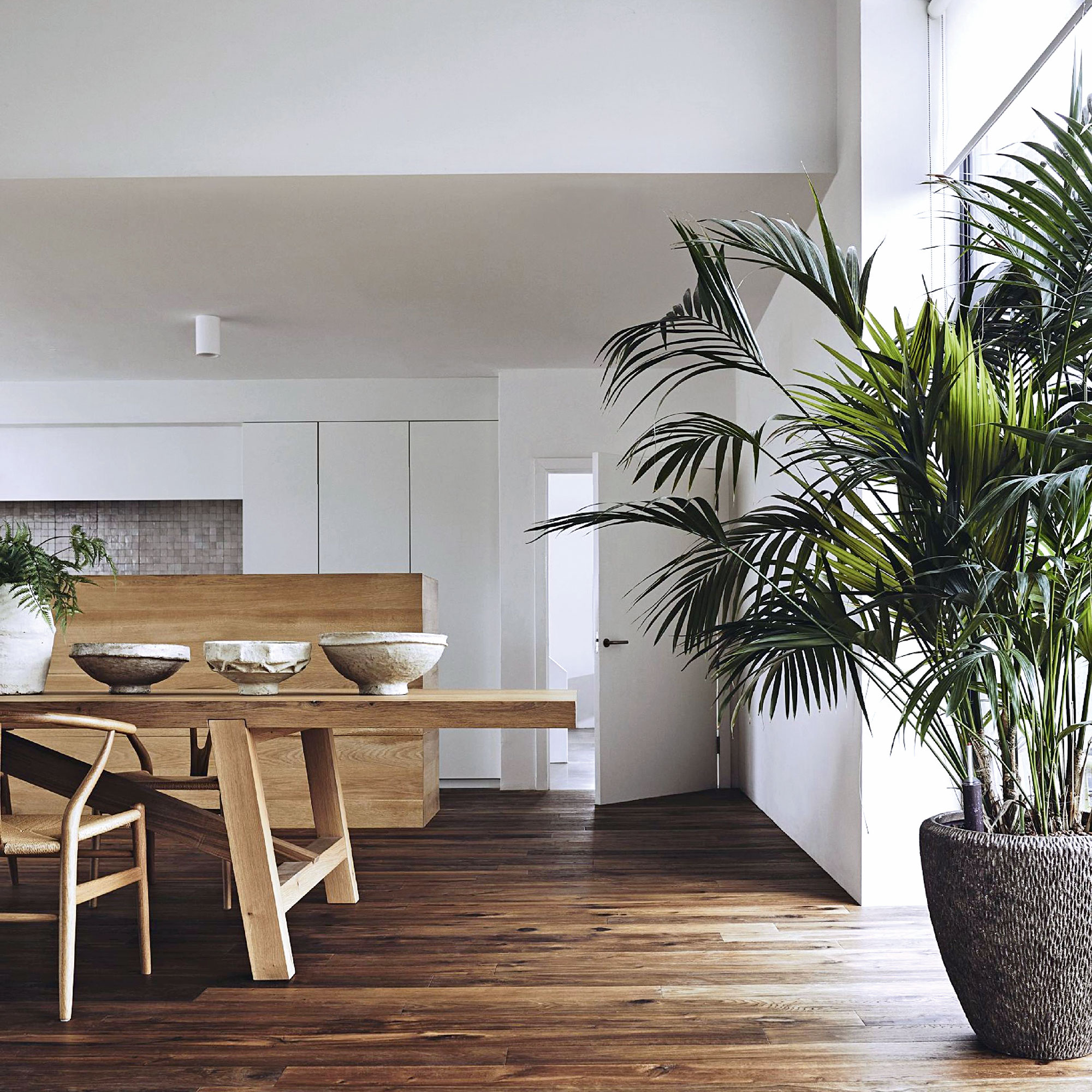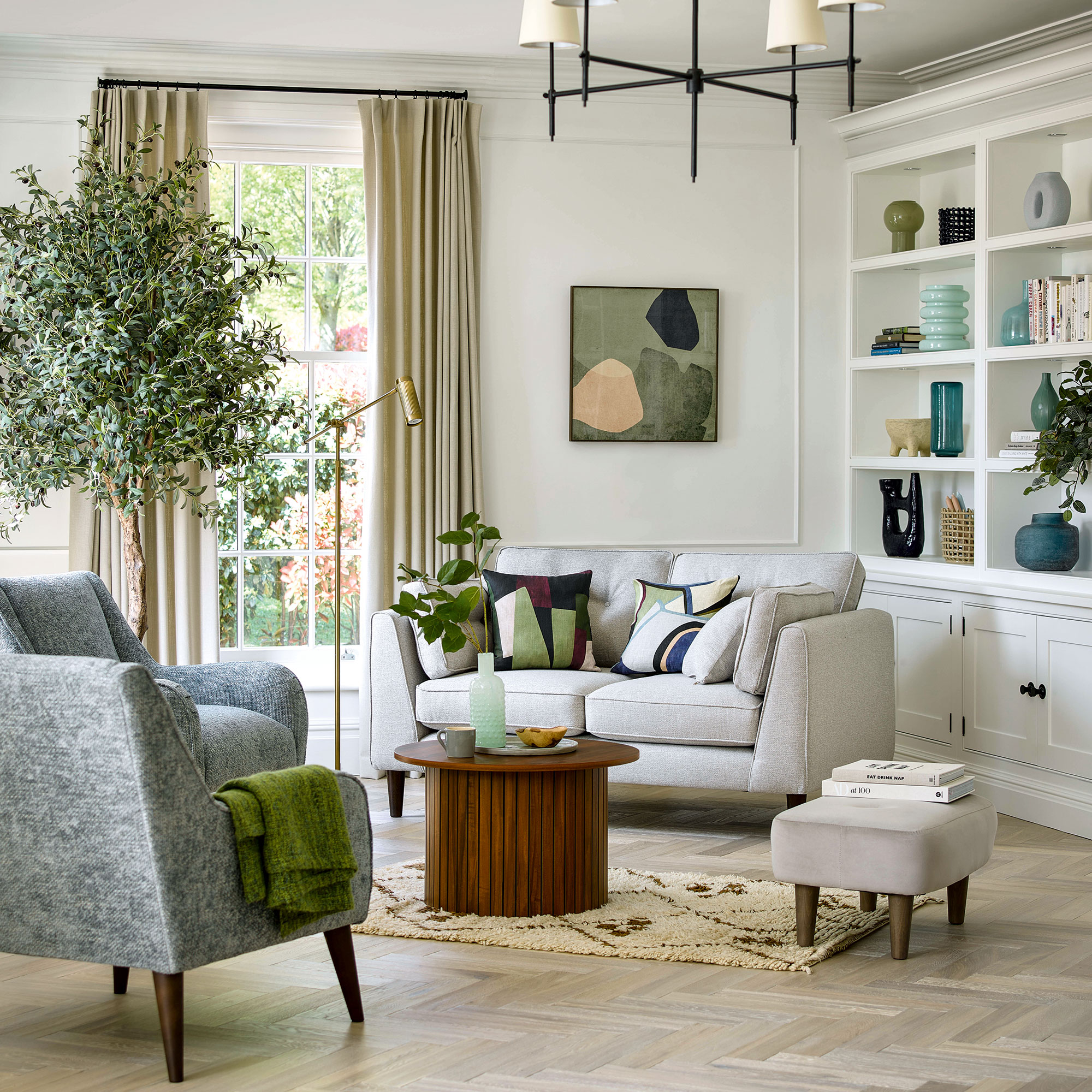How to plan the perfect wood flooring - what you need to know about wood versus wood-style
There are pros and cons of both, as our experts share


To wood or not to wood… that is the question. With so much choice available, it can be hard to know how to choose wood flooring from both a design perspective and a practical viewpoint.
Wood and wood-style flooring is a great choice for adding warmth and natural beauty to your home, as well as providing the perfect neutral backdrop to your scheme. It can look great in living room flooring ideas or chic as part of your kitchen flooring ideas.
But where to start? We asked three flooring experts to share their insider tips…
The experts
‘We’re seeing a demand for different textures, grains and plank thickness, all of which can dramatically change the look and feel of a space.’
‘I like to see one continuous flow of hard flooring between rooms rather than different flooring types, which can sometimes resemble a patchwork quilt.’
‘LVT should offer the personality and feel of real wood and be able to introduce colour and uniqueness without the high-maintenance demands of a natural product.’
The different types of wood-flooring
‘People want enhanced choice when it comes to flooring,’ says Natalie, ‘and for wood and wood-effect, that’s the ability to choose plank size or surface finish. This allows us to get more creative and experiment with a wider range of materials and finishes.’

Carly adds, ‘Luxury vinyl flooring (LVT) portrays the appearance and texture of hardwood floors, with the added benefit of being completely waterproof.’ Lorna loves to see realistic LVT; ‘It feels authentic, with realistic grains, tonal variety and characterful texture.’
‘Consumers are also becoming more eco-conscious; not only do they want to know how their flooring has been made, but also how and where the raw materials have been sourced from,’ says Natalie. ‘With new variations of vinyl without PVC and plasticisers, to the repurposing of older boards to create reclaimed, rustic planks, there have definitely been more planet-friendly products coming to market that are both fully recyclable and non-toxic.’
Real wood flooring
‘Solid wood flooring is made entirely of natural wood – one of the reasons it’s popular, and typically more expensive,’ says Natalie. ‘It’s best suited to a room such as a home office or living space to minimise the risk of water damage. Rather than a softwood, I’d go for a hardwood in pine or walnut, as these species are less susceptible to scratches, with a dark stain to help minimise any scratches.’
Sign up to our newsletter for style inspiration, real homes, project and garden advice and shopping know-how

‘Engineered wood gives the rustic appeal of timber but is easier to maintain than solid wood,’ says Carly. ‘It’s best suited for rooms where moisture levels tend to be higher with heavy foot traffic, such as hallways and family spaces. It can also be used over underfloor heating, unlike solid wood.’
‘The top layer of an engineered wood floor is made up entirely of solid wood. This layered design balances out the tensions in the wood and prevents the wood from bending or swelling in areas of changing moisture. Coupled with a click-lock connection, it’s easy to install and durable,’ says Natalie.
Wood-style flooring
‘Unlike real wood flooring, laminate is far easier to maintain and requires minimal upkeep as well as offering moisture resistance,’ explains Carly. ‘Most laminate planks now feature an embossed or textured surface finish, which helps to make the boards look and feel more authentic,’ adds Natalie.

‘LVT also boasts so many benefits,’ says Lorna. ‘Not only is it impressively durable, but it has been innovatively designed to be scratch, stain and slip resistant. Compatible with underfloor heating, LVT can be used in any room. Unlike its natural counterparts, which can easily crack, warp, or chip, it needs very little maintenance.’
And let’s not forget sheet vinyl: ‘It’s a great option for those who are renting, not only is it easy to install but it can be laid over existing flooring,’ says Natalie. ‘However, if one area of the sheet is damaged, the entire floor would need replacing unlike when working with tiles.’

Plan the layout
Once you’ve decided on type; it’s not just straight planks. ‘Parquet is still as popular as ever, with many homeowners opting for herringbone and chevron styles,’ says Natalie. Lorna agrees; ‘It’s sophisticated and elegant, with a timeless appeal and real versatility. It lends itself well to both contemporary and traditional design schemes, providing adaptable flooring that can complement changing interiors as they evolve and tastes change.’

Best option by room
For bathroom flooring ideas, our experts love LVT. ‘You need something that’s practical, durable and stylish,’ says Lorna. Carly adds; ‘LTV is warmer and more insulating underfoot than porcelain or ceramic tiles.’
For open-plan kitchen-dining ideas, LVT rates highly again. ‘Such areas are always subject to spillages due to their layout and function. Additionally, the flow of foot traffic between these interconnected spaces means that spills can occur frequently and may go unnoticed or unaddressed for longer periods of time,’ says Carly. ‘We recommend LVT because it’s low-maintenance, hard-wearing and stain-resistant – very important benefits if family mealtimes tend to get a bit messy'.’
‘In a bedroom, either a wood or wood-look solution works well,’ she continues. ‘Bedrooms are relaxing and personal environments that don’t often have heavy foot traffic. Think about the style of the room, the existing decor, and personal preference. Ultimately, the best choice will depend on your specific needs, budget, and interior style.’

The finishing touches
Made your choice? Think about direction. ‘This makes an immense impact on the flow and spatial feel of a room. Place the planks parallel to the widest wall to create an elongated look by drawing attention to the longest portion of the space,’ says Natalie. ‘Extra-large planks can create a sense of space in open-plan rooms, while a lighter-toned wood floor can give the illusion of a room with a larger footprint.’ Lorna adds, ‘You can also effectively create zones within a big space with contrasting tiles or laying patterns, depending on how bold you want to be.’
‘It can be hard to capture the character of real wood in wood-look flooring, but wood’s unique texture and tonality is what makes it special,’ says Lorna. ‘Whether from over-simplified design or a flat surface lacking texture, wood-look flooring that doesn’t encapsulate the natural imperfections that gives wood surfaces their appeal can make an interior feel inauthentic and lacking.’

Jennifer Morgan is an award-winning editor, writer and stylist, with over 25 years’ experience writing, styling and editing home interest magazines. Jennifer was the deputy editor of Ideal Home from 2008-2010, before launching Ideal Home’s sister title, Style at Home in 2010. Jennifer went on to launch several craft magazines and websites, before going freelance in 2016, with a client list that includes John Lewis, Dunlem and Nordic House. Today, she writes for Ideal Home, Real Homes, Waitrose, Woman & Home, Sainsbury’s Magazine and Homes & Gardens.